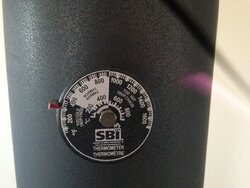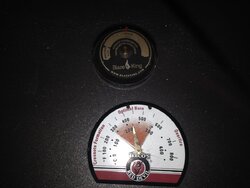I finally found an insert to replace my 33 year old smoke dragon. I picked up a gently used Blaze King Princess.
My question is about the chimney liner. I currently have a 6" SS non insulated liner, that is inside a clay tile lined, masonry chimney. Everything is in good shape and I would like to reuse what I have for ease of installation.
Blaze King recommends an insulated liner. How important is the insulated liner or will I be OK with what I have? Any Blaze King owners with an non insulated liner?
My question is about the chimney liner. I currently have a 6" SS non insulated liner, that is inside a clay tile lined, masonry chimney. Everything is in good shape and I would like to reuse what I have for ease of installation.
Blaze King recommends an insulated liner. How important is the insulated liner or will I be OK with what I have? Any Blaze King owners with an non insulated liner?




